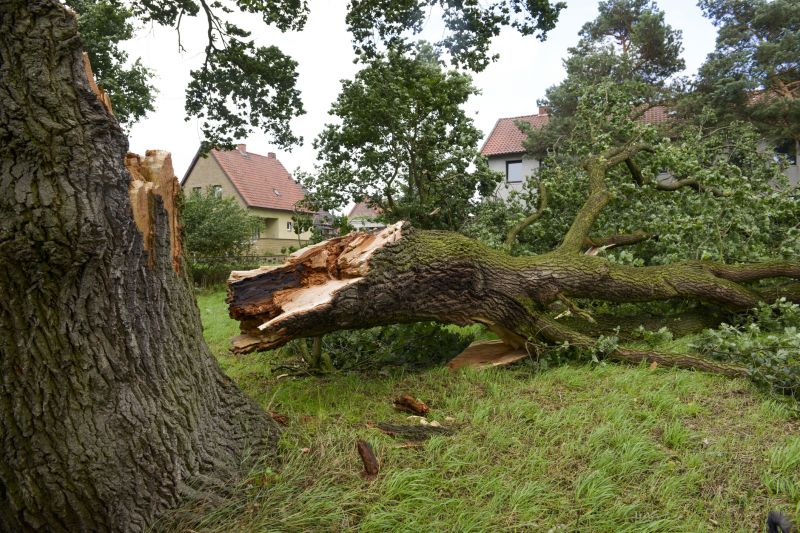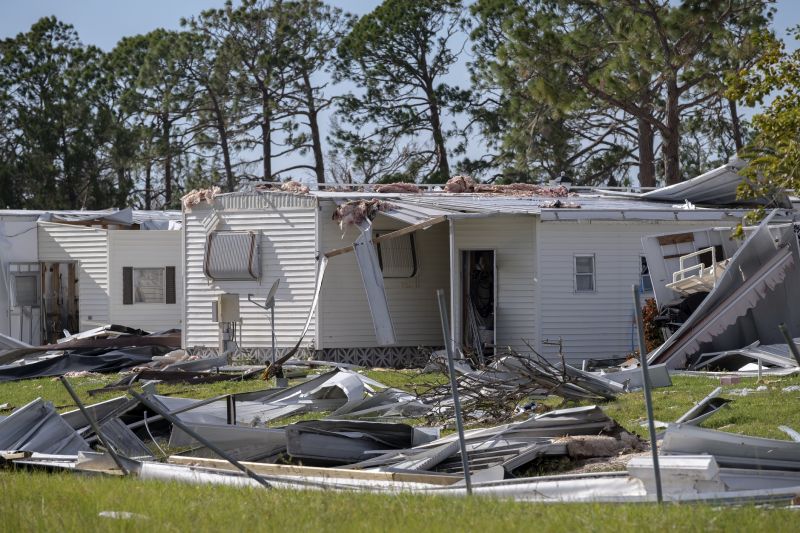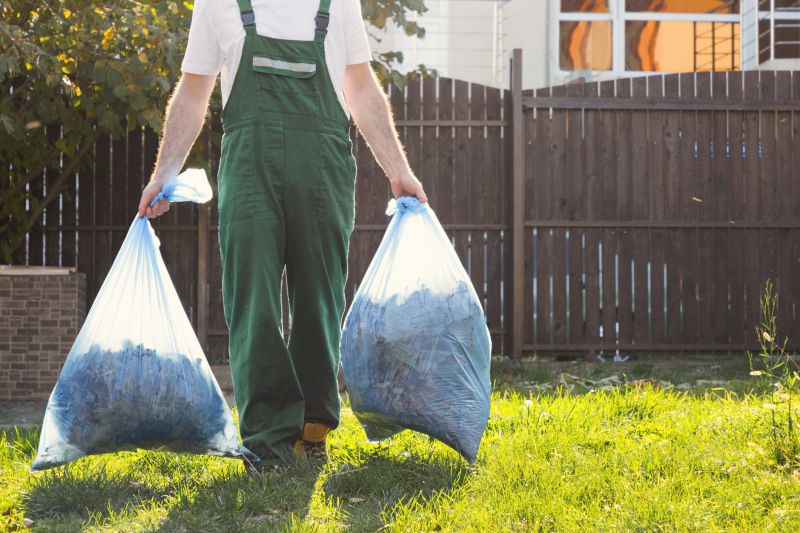Storm Damage Cleanup Services
Performing cleanup immediately after a storm prevents debris accumulation and mitigates secondary damage such as mold growth and pest infestations.
Late fall and winter storms may require different approaches due to weather conditions, but cleanup should still be prioritized soon after the storm subsides.
Monitoring weather forecasts helps plan cleanup efforts during periods of calmer weather, ensuring safety and efficiency.
Early assessment of storm damage enables timely planning for cleanup and repairs, reducing the risk of further deterioration.

Debris from fallen trees and damaged structures.

Workers clearing storm debris from a residential property.

Team assessing storm damage on-site.

Ways to make Storm Damage Cleanups work in tight or awkward layouts.

Popular materials for Storm Damage Cleanups and why they hold up over time.

Simple add-ons that improve Storm Damage Cleanups without blowing the budget.
| Timing Aspect | Details |
|---|---|
| Immediate response | Most effective within 24-48 hours after storm. |
| Seasonal timing | Late fall and winter require specialized cleanup strategies. |
| Weather conditions | Clear weather improves safety and efficiency. |
| Damage assessment | Early evaluation helps prioritize cleanup tasks. |
| Long-term planning | Scheduling cleanup before further weather events prevents secondary damage. |
| Resource availability | Coordination with local services ensures timely response. |
| Community impact | Prompt cleanup reduces hazards for residents. |
Storm damage cleanups are most effective when conducted promptly after a weather event. Immediate action helps reduce hazards, prevent secondary damages such as mold or pest infestations, and restore property safety. Seasonal factors and weather conditions influence the timing and approach of cleanup efforts, making early assessment and planning crucial for efficient restoration.

Workers removing fallen branches and debris.

Clearing damaged trees from a yard.

Inspecting roofs and structures for storm damage.

Equipment used in storm damage cleanup.
Timely storm damage cleanups are vital for safety, property preservation, and reducing long-term costs. Monitoring weather forecasts and conducting early damage assessments facilitate effective planning. Immediate response minimizes secondary issues and supports quicker recovery from severe weather events.
Interested in storm damage cleanup services? Fill out the contact form to get started.
